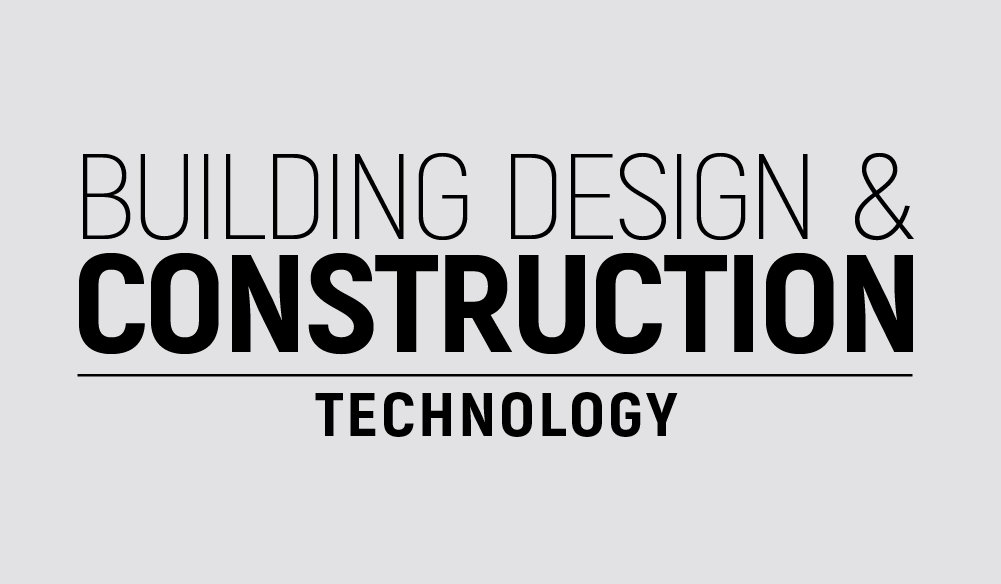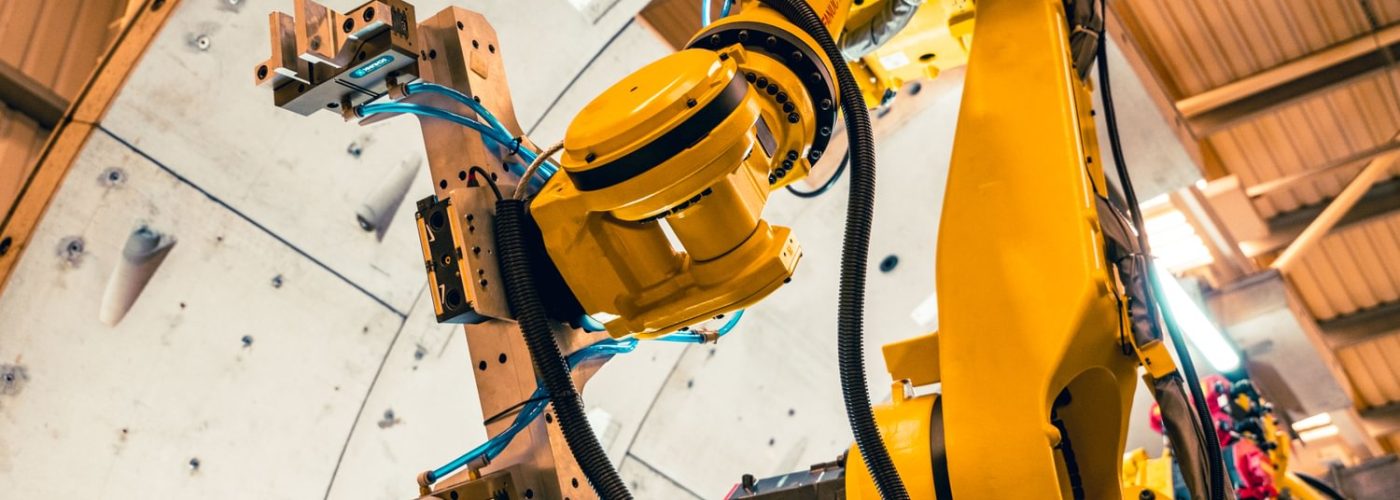A consortium of mechanical and civil engineering, and robotic automation industry leaders, including Tunnel Engineering Services (UK) Ltd (TES), i3D robotics (i3D), the Manufacturing Technology Centre (MTC), Costain, and VVB Engineering, has developed the first robotic and AI solution set to revolutionise the installation of mechanical and civil services in tunnels.
Traditionally, installing these services in tunnels is hazardous, labour-intensive and time-consuming. The prototype Automated Tunnel Robotic Installation System (ATRIS) can autonomously select brackets, locate where they need to be mounted along a tunnel wall, and install them. In doing so, the automated solution can improve on-site health and safety by reducing the risks associated with manual labour at the tunnel work face, for example, working at height in confined spaces, and hand-arm vibration experienced by workers during installation.
Once fully-developed, the final system can be deployed in tunnel construction for a variety of sectors including transport, water and energy. It is expected to increase productivity by 40% due to faster installation, reduce installation costs for new mechanical and electrical (M&E) systems by 30%, and cut construction plant movements by 40% to decrease embodied carbon.
The 22-month project, partly funded by Innovate UK’s Smart grant, was led by TES, which developed the initial concept in partnership with the consortium. Leveraging its expertise in robotics and automation, MTC spearheaded the design and manufacture of the robot’s end effectors. i3D developed crucial visualisation software for precise navigation, whilst Costain and VVB provided industry knowledge and expertise in tunnelling and fit-out requirements.
Alan Worsley, Design and Project Manager at Tunnel Engineering Services (UK) Ltd said: “TES has over many years designed and manufactured Mechanised Tunnelling Machines and special purpose equipment for the construction industry. Over this time, innovation has been at the forefront of our business, and the need for automation in traditionally manual M&E fit-out techniques has led us to develop ATRIS and make it commercially viable for the market. We believe the system can offer a safer, more cost-effective and sustainable solution for future infrastructure projects.”
Steve Nesbitt, Chief Technologist for the Built Environment at MTC, said: “Like many sectors, construction has faced labour challenges over the past few years which has driven greater interest in using robots, beyond manufacturing and logistics, to address these issues. By contributing our expertise to this project, we are paving the way for construction companies to adopt technology for greater control and structuring of on-site works, making infrastructure delivery safer, more productive, and more sustainable.”
Dr Jon Storey, Lead Engineer at i3D, said: “Developing an automated system to install infrastructure in tunnels has been a long-standing ambition for the construction sector. ATRIS has moved us significantly closer to that goal. The use of stereo vision with machine learning and robotics to place bolts precisely on a curved surface is an unprecedented achievement, with potential applications beyond the construction sector, such as nuclear decommissioning and defence.”
Lee Bateson, Mechanical and Engineering Manager and Robotics Lead at Costain, said: “Teaching the robots to learn seemingly simple tasks – such as how to avoid cross-threading the screws that go into the sockets – has been hugely fulfilling, thanks to the consortium’s collaborative spirit. Whether it’s carbon reduction, increasing productivity or improving workforce health and safety, this is transformative technology that will have enormous benefits for the customers that we build tunnels for.”Nicholas Beedle, Group Operations Director at VVB Engineering, said:“Tunnel works historically are expensive to build and maintain, and in the higher risk bracket for safety during construction and operation. It is important that ongoing improvements are made to address both of these issues. The development of the robotic AI solution is a step towards solving both of these industry challenges.”

Building, Design & Construction Magazine | The Choice of Industry Professionals





